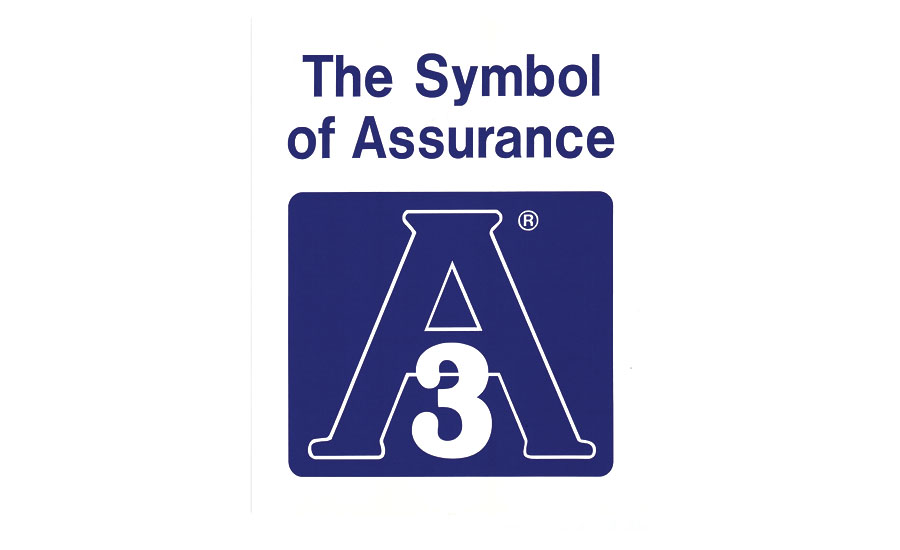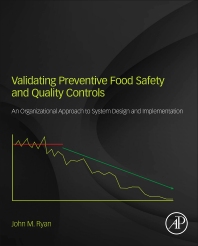In today’s world, the terms sanitary and hygienic design are commonly used to describe the requirements for food processing equipment and facilities. In fact, hygienic equipment design is a key element for producing safe, quality food. The criteria found in 3-A Sanitary Standards, a McLean, Va.-based independent, not-for-profit corporation dedicated to advancing hygienic equipment design, holds special benefit and utility for food processing equipment because it addresses the features of food product contact and non-product contact surfaces.
Some of the basic elements of equipment design for food product contact surfaces are as follows:
Materials. Proper material selection is a foundation to hygienic design. Whether it is a metal, elastomer or plastic, the requirements are essentially the same. The first criterion is physical properties such as the material being inert, non-toxic, non-corrosive, non-reactive, non-contaminating, non-porous, non-absorbent and/or impervious to moisture. The second is mechanical properties such as durability, smoothness and free of cracks and crevices. For example, selecting a stainless steel that is too light in gauge could crack and dent, and therefore, not be durable enough for the application. Operational properties like cleanability and maintenance should also be considered.
Permanent joints. Improperly constructed and finished permanent joints can create surfaces that are not cleanable and are harborage areas for food hazards. Therefore, all permanent joints shall be constructed to assure cleanability. Crevice-free and bacteria-tight are the key design features for a hygienic joint.
Accessibility. Hygienic equipment must be designed and manufactured such that all surfaces are accessible for cleaning, sanitizing and inspection. If you cannot see it, you cannot clean it.
Self draining. All surfaces must be free or self-draining. Horizontal surfaces must be pitched or sloped to prevent pooling or retention of liquid. There should not be any “dead ends,” or areas that cannot be reached.
Radii. Good hygienic design requires a minimum of a ¼-inch radius for angles that are less than 135 degrees. Smaller radii may be allowed in certain applications (e.g. gasket grooves) for functional reasons.
In addition to equipment design, you must consider all of the inter-related segments, such as facility design, cleaning and sanitizing operations, operational design and GMPs, standard operating procedures, food safety and quality programs and regulatory requirements. Failure to address hygienic design in any of these segments will result in failure of the overall hygienic design process.
Facility design and environmental controls objectives are comparable to the hygienic design of equipment. The site plan of the grounds and buildings must eliminate or minimize risks. Processing areas should be physically separated from non-processing areas to prevent cross contamination by unnecessary personnel and traffic. Cleaning and sanitizing must take into account the application, product residue and equipment. Cleaning methods can range from fully manual hand scrubbing to highly automated clean-in-place systems. Once a cleaning process is defined and validated, it must be consistently repeated.
Furthermore, good operational hygiene can maintain consistent food safety and quality throughout the duration of the production run. Hand washing and GMPs are key. Management of water, moisture, temperature and excess product buildup can also improve the operational hygiene.
Regulatory requirements (local, state, federal) include general criteria. It is the responsibility of the processor to know and understand the individual requirements.
With proper care, food safety and quality problems can be engineered out of the system, but hygienic equipment design sets the foundation for adequate cleaning, sanitation and validation of food safety and quality.









